### Monsters, But Make Them Compassionate: A Dive into Body Horror’s New Besties
Body horror: the genre that makes you clutch your stomach, squint your eyes, and wonder if you’ll ever eat spaghetti again. But wait, hold onto your gag reflex, because this isn’t just about blood, guts, and grotesque transformations anymore. Oh no, body horror has decided to get…compassionate? Yes, you read that right. Monsters are no longer just here to terrify—they’re here to *empathize.* Because what’s scarier than a monster? A monster that understands your pain.
If you’re scratching your head wondering how we got here, don’t worry. The evolution of body horror from “pure nightmare fuel” to “emotionally complex nightmare fuel” is as bizarre as it sounds. But hey, if you’re going to be emotionally wrecked by a creature with six eyes and a mouth where its forehead should be, at least you’ll feel seen, right?
### The Evolution of Body Horror: From Disgust to Depth
Once upon a time, body horror was all about *shock value*. Think David Cronenberg films where people turned into fly-human hybrids or exploded into gooey bits for no apparent reason. Fast forward to today, and the genre has decided to take a more *therapeutic* approach. Now, instead of just making you scream, body horror wants to make you cry while you scream. Progress?
The transition seems to stem from our collective obsession with empathy and understanding. Monsters aren’t just monsters anymore—they’re metaphors for trauma, grief, and, let’s be honest, the dumpster fire that is modern life. According to Polygon’s article, these compassionate monsters are less about destruction and more about connection. Because nothing says “relatable” like an alien parasite that just wants to be loved.
### Why Compassionate Monsters Are the Therapy We Didn’t Ask For
Let’s get one thing straight: no one asked for this. No one woke up one morning thinking, “You know what would make body horror better? Feelings.” And yet, here we are. The genre’s newfound emotional depth can be attributed to a few key factors:
– **Audience Fatigue**: After decades of watching people get dismembered on screen, audiences are bored. We’ve seen it all—chainsaws, scalpels, even death by blender. To keep us engaged, filmmakers had to get creative.
– **Cultural Shifts**: In an era where mental health and emotional vulnerability are hot topics, it was only a matter of time before horror jumped on the bandwagon.
– **The Rise of A24 Films**: Let’s be real, A24 has made a career out of making horror artsy and “deep.” From *Hereditary* to *The Lighthouse*, they’ve proven that you can terrify and traumatize in equal measure. Compassionate body horror? That’s just the next logical step.
### Examples of Compassionate Body Horror: Yes, This Is a Thing
If you’re still skeptical, let’s look at some examples of this bizarre subgenre in action:
1. **The Shape of Water**: A love story between a mute woman and a fish-man? Sure, why not. Guillermo del Toro’s Oscar-winning film proved that monsters could be romantic leads. Just ignore the fact that fish-man probably smells like low tide.
2. **Annihilation**: A sci-fi horror film where the monsters are less about killing you and more about turning you into a beautiful, shimmering plant-human hybrid. You know, because that’s better.
3. **The Last of Us (HBO)**: While technically not a movie, this show deserves a mention. The infected aren’t just mindless zombies; they’re victims of a cordyceps fungus that turns them into grotesque fungi-monsters. Tragic *and* terrifying—a two-for-one deal!
### Pros & Cons of Compassionate Monsters
If you’re still on the fence about whether this trend is genius or garbage, here’s a handy breakdown:
**Pros:**
– Emotional depth adds layers to the horror.
– Makes monsters more memorable and complex.
– Appeals to a broader audience, including those who typically avoid horror.
**Cons:**
– Risks turning horror into melodrama.
– Some audiences just want good ol’ fashioned scares, not therapy.
– Can feel forced or pretentious if not executed well.
### Love It or Hate It, Compassionate Body Horror Is Here to Stay
Whether you think this trend is revolutionary or ridiculous, one thing is clear: compassionate body horror isn’t going anywhere. As long as audiences crave stories that make them feel *something* (even if that something is a mix of fear and existential dread), this subgenre will keep evolving.
So, what’s next? Will we see a rom-com where a woman falls in love with her own mutated clone? A coming-of-age story about a teenager who discovers their inner monster—literally? The possibilities are endless, and frankly, a little terrifying.
### Final Thoughts: Are You Ready to Embrace the Monsters?
At the end of the day, compassionate body horror is a reflection of our times. It’s messy, emotional, and a little hard to stomach—just like life. So, the next time you see a trailer for a movie about a misunderstood mutant who just wants to cuddle, maybe give it a chance. Who knows? You might just shed a tear…before you scream.
Looking for more insights into how technology and storytelling are shaping modern media? Check out our piece on AI and storytelling. And don’t forget to share your thoughts in the comments below—are you team “Compassionate Monsters” or do you prefer your horror straight up?
**CTA:** If this article gave you chills (or laughs), don’t forget to share it with your friends. Follow us for more sarcastic takes on the weird world of tech and entertainment. Because let’s face it, you need this in your life.



